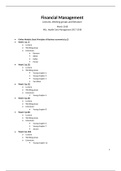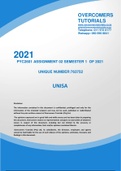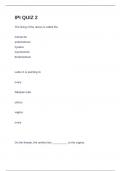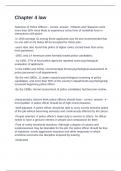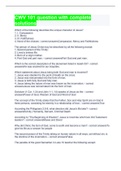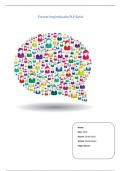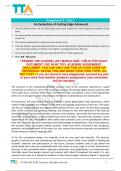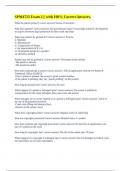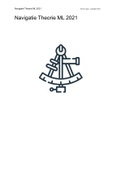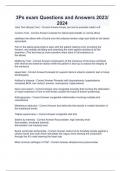Samenvatting
Summary Financial Management HCM 2017/2018
Deze samenvatting bevat alle uitwerkingen van de colleges, literatuur en werkgroepen per week voor het vak Financial Management. Het is dus alle stof die je nodig hebt om je tentamens te kunnen halen. De samenvatting is geschreven door 5 ijverige studenten uit collegejaar 2017/2018. Door middel van...
[Meer zien]
